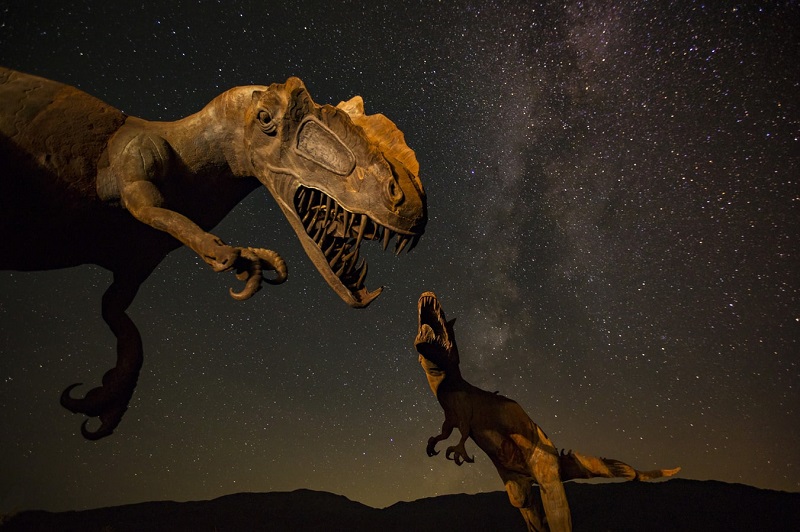The Late Cretaceous period was marked by intense volcano activity. If you ask someone, they will give you the most obvious reason. They will tell you about an asteroid slammed into Earth and caused to happen a nuclear winter.
This event left behind distinct traces and a vast crater off Mexico’s Yucatán peninsula called Chicxulub. But since the 1980s, researchers have debated whether volcanoes in ancient India may have caused the mass annihilation.
So two independent research teams have established the best timelines of this volcanic activity ever compiled. Of course, they used different dating methods, but their two studies agree on the timing of the eruptions.
Two independent research reach the same conclusion

“We agree more than we disagree, and that’s a really important conclusion,” says Courtney Sprain. She is a postdoctoral researcher at the University of Liverpool. Furthermore, Sprain led one of the studies, working with a team from the University of California, Berkeley.
According to researchers, their study created changes in temperature and the carbon cycle brought new evidence. That major volcanic activity had already ended when the asteroid hit where it is now Mexico. Co-author Professor Paul Bown, from University College London, said in a statement:
“Most scientists acknowledge that the last, and best-known, mass extinction event occurred after a large asteroid slammed into Earth 66 million years ago. Some researchers suggested volcanic activity might have played a big role too and we’ve shown that is not the case.”
The team studied the effects of the vast volcanic eruption in India that formed the Deccan Traps. You should know it’s one of the largest volcanic features on Earth. The dramatic event changed our planet. How?
The temperature affected organisms on land, not the marine ecosystem

As an illustration, sulfur dioxide and carbon dioxide altered the climate and helped acidify the Earth. The temperature rose by about 2°C (3.6°F), affecting organisms on land. Fortunately, it did not affect the marine ecosystem in a dramatic way.
Before the K-Pg event, the climate went back to the cooler conditions. The team pinpointed volcanic gas emissions as having happened 200,000 years before the asteroid impact.
“A lot of people have speculated that volcanoes mattered to the K-Pg event. But we’re saying, ‘No, they didn’t,’” said lead author Dr. Pincelli Hull from Yale University.
Recent work suggests that the region experienced major eruptions once again after the impact, although no warming event was associated with them this time around.
With this in mind, the researchers have an explanation for that. The consequence of the collision with the asteroid was so powerful that it changed the global carbon cycle. It allowed the oceans to become nothing but astonishing carbon sinks.
In their opinion, this collision covered the warming effects of volcanism. It was also partly responsible for the cooling of Earth that eventually led to the evolution of our lives.












































